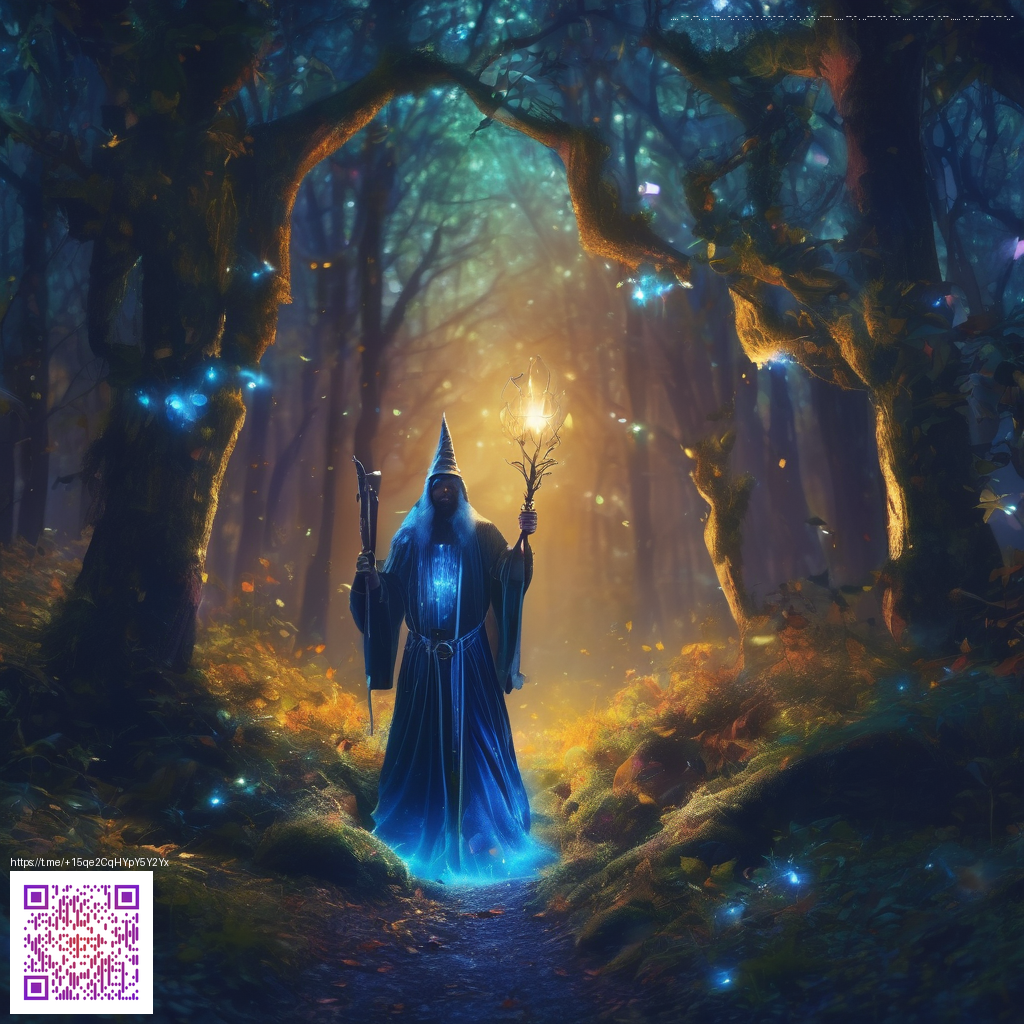
Ico Visuals Across Generations
The journey from the PS2 era to the PS3 HD collection represents one of the most discussed graphics transitions in classic gaming. Fans remember the original game for its enigmatic art direction and painterly shadows, while new players often recall the crisp clarity of the remaster. This article digs into what changed behind the scenes and how those changes alter the experience without rewriting the game’s core design.
On the PS2, the world feels intimate and handcrafted. The lighting is soft in the temple courtyards, with silhouettes modeling the mood as you traverse narrow ledges and dim archways. Textures can feel coarse up close, yet the overall aesthetic remains cohesive because the art team leaned into atmospheric haze and carefully staged compositions. The result is a look that ages gracefully, preserving mood even as polygon counts drift into memory.
Texture and lighting gains in the PS3 remaster
The PS3 edition in the HD Collection scales up to 1080p, which instantly makes long sightlines and vertical textures pop more than they did on the original hardware. You notice crisper edges on stone surfaces, banners, and the grain in wood beams that previously read as soft smudges. Lighting gets a lift as well; ambient occlusion and more deliberate shadowing add depth to corridors that the PS2 version only hinted at.
The remaster preserves the camera cadence and the silhouette learning curve that defined the game, but the shading has a subtle glow that keeps the world feeling tangible even when the frame rate settles into steadier territory. Some scenes benefit from more distinct specular highlights on metal and stone, which makes crevices and textures read more reliably at a glance. The overall effect is a more legible world while still honoring the art direction that defined the original.
Geometry, polish, and the sense of pace
The underlying geometry remains faithful to the PS2 release. The remaster does not rewrite the level layout nor the animation scripts, which preserves the game’s tactile weight and the character’s measured, deliberate movements. Anti aliasing and texture filtering contribute to a cleaner face for edges without erasing the hand painted feel that gives the game its signature atmosphere. The pacing benefits from these small refinements, letting exploration feel deliberate rather than abrupt.
Player feedback often highlights a preference divide between graphics purists and those who enjoy a more modern polish. For some, the PS2 edition carries a charm born of its imperfect, almost sketchbook like presentation. For others, the PS3 remaster offers a sharper stage that reveals new details in the architecture and environment. Both interpretations shine in their own right, and community discussions reflect a shared appreciation for the title’s bold design choices.
Community insights and modding culture
Even though the PS3 remaster is a fixed package, the broader community explores the game through the lens of emulation and texture restoration. RPCS3 and other tooling let players push resolution beyond stock 1080p, exposing fan made tweaks that nudge brightness, color balance, and shadow depth in ways the original studios likely anticipated. This kind of modding culture keeps the game fresh for a new generation while preserving the core artistry that makes it memorable 💠.
Some fans curate personal “graphic preservation” projects to document how specific scenes respond to different lighting models. The dialogue around these tweaks often centers on whether higher fidelity helps or harms the game’s moody, restrained storytelling. The consensus tends to celebrate options that respect the envelope of the art while offering clearer silhouettes for modern displays — a balance that mirrors the broader debate in remasters across genres 🌑.
Developer commentary and design intent
Team Ico has long prioritized mood, restraint, and environmental storytelling over flashy effects. The PS3 edition stays faithful to that creed by enhancing what matters most the atmosphere and composition. The team aimed to preserve the silhouette drama and painterly textures while ensuring the game remains accessible to contemporary players. The result is a refined yet faithful canvas where every corridor and courtyard still feels purpose built.
As players compare the two generations, the takeaway is not a winner in a beauty contest but a dialogue about how light, color, and texture influence immersion. The remaster achieves a brighter, more legible spectacle while the original whispers through with its stubborn, understated charm. Both are valid interpretations of the same artistic intent, and that is a sign of enduring design depth 💡.
For fans who crave further discussion beyond the screens, the conversation often expands into how interface choices and minimal HUD elements contribute to mood. The experience hinges on trust in the art direction and in the game’s pacing, both of which hold up across revisions. The enduring allure lies in how the visuals support a deliberate, almost tactile sense of discovery rather than simply delivering a polished surface 👁️.
To those who champion digital preservation, the PS3 HD Collection stands as a milestone that makes a classic more accessible while inviting fresh evaluation. It demonstrates how a well crafted art direction can survive a major upgrade and continue to offer meaningful, even revealing, experiences years later. The result is a conversation that outlives any single release and keeps the artistry alive for new audiences 💠.
If you want to support a more decentralized internet while enjoying thoughtful gaming coverage, consider contributing to a cause that aligns with open, user driven ecosystems. Your support helps sustain independent voices and community led projects that push for diverse access and resilience online
Donate to support a decentralized internet